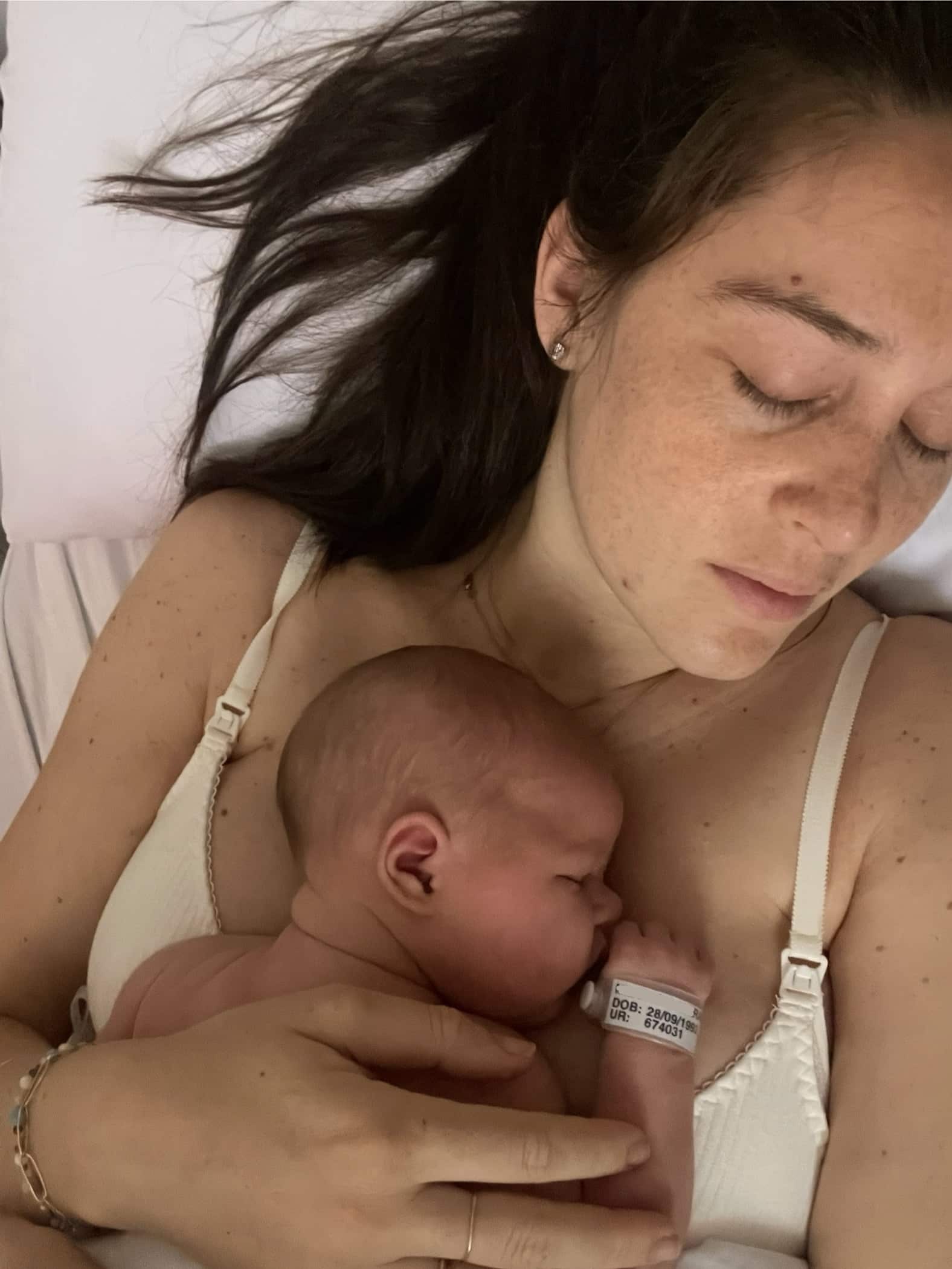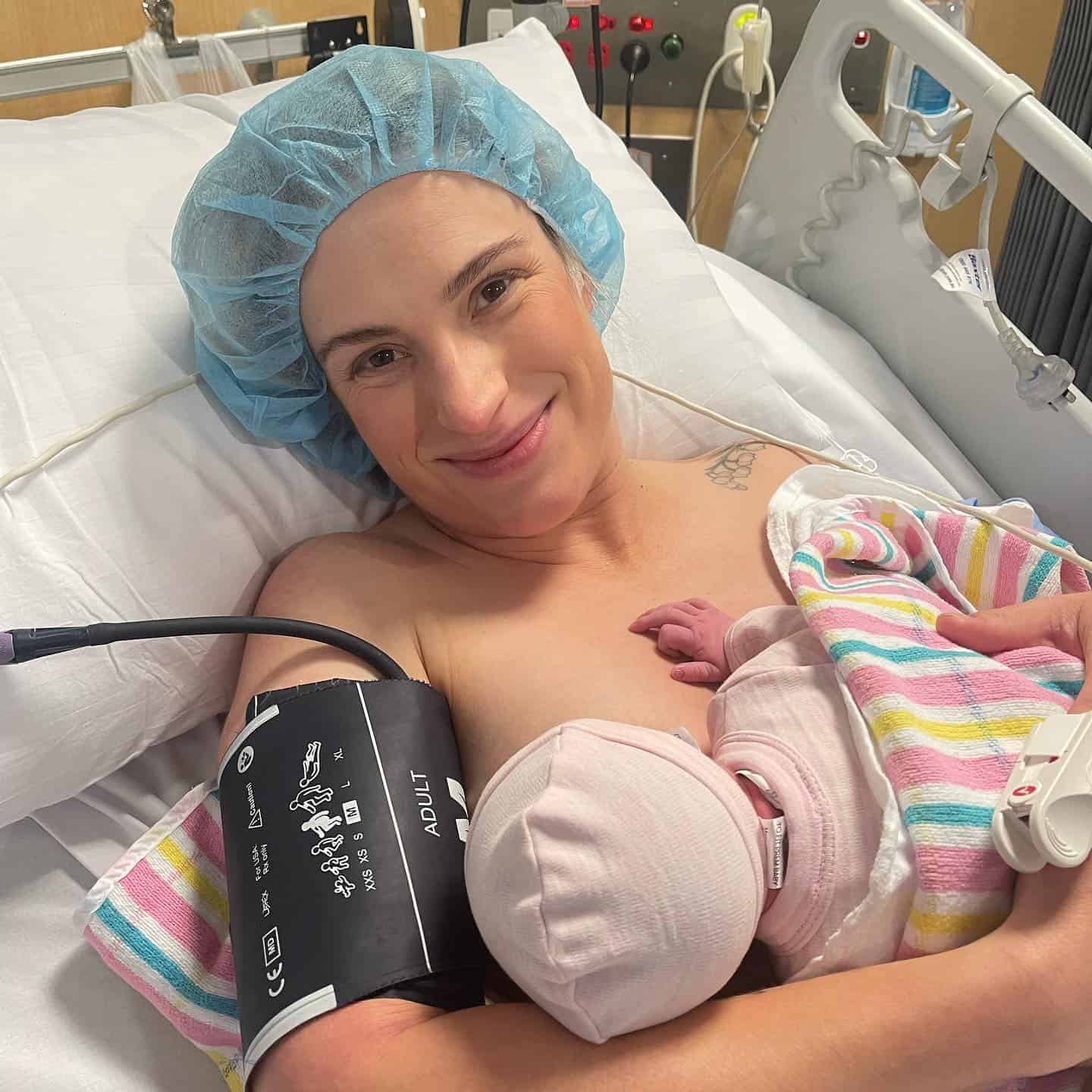Podcasts Natalia – en caul birth
EPISODE 180
Natalia – en caul birth

“My mother has always been driven to reconnect to her culture and her cultural heritage. We call her Mamalu which means grandmother in Ngarrindjeri and she now lives and breathes this belonging, this connection to her culture. That’s rolled over onto me and my children and it’s played an impactful role in the way I birthed and the ceremonies I connected to my births.”
Before starting a family, Natalia and her husband, Thomas, spent their marriage travelling the world as expedition leaders, naturalists and dive instructors. When it came time to fall pregnant, Natalia’s mother suggested she travel back to country and weave with her elders.
“Weaving with the old girls in the dirt is a right of passage into motherhood and less than three months after my first trip back to country I fell pregnant with Estelle…I knew I wanted to weave and connect with different family members and really feel the place and put my feet in the dirt and sit where my ancestors had lived and died. Things that I can’t explain happened, I felt embraced by the family but I also felt the disconnect that happens when you’re part of the family that’s been removed.”
After spending a few months in Palau with Thomas, Natalia returned home and was absolutely shocked to discover she was pregnant and much further along than she thought. On the very same day she did the test, her maternal grandmother passed away.
It wasn’t until she was in her second trimester that she started looking into care options and was quick to discover that the community midwife program at her local hospital was completely full. She subsequently booked in with the hospital, her GP and went on the hunt for a private midwife to support her through pregnancy and attend her hospital birth. However, within weeks of meeting her midwife, Lisa, she decided to prepare for a home waterbirth surrounded by women; her mother, mother in law, midwife and photographer.
“I didn’t want to get my heart set on one option so I was really open to whatever may happen. Prenatal yoga classes and birth workshops helped to prepare me mentally for any possibility and taught me that I had to let everything go in order to birth my baby.”
Labour started not long after she ate a spicy pumpkin soup made by her mother in law. It was a dark, stormy night and Thomas was due back the following day but baby Estelle wasn’t going to wait.
“I knew what I wanted in the space, I was hoping for it to be nighttime and dark. I had Ochre and Sacred Earth playing, I remember getting down on my hands and knees and I was so full of pain, I really wondered if I could do it. And then Lisa arrived and she calmed the whole space. Her knowing, her wisdom and all her experience came into play, calmed me down and she guided me into the pool and told me that everything was going to be fine. I used those deep deep sounds, breathing down, connecting to ground and country, breathing down to keep myself low and in control.”
“I could feel her transition down and start to crown and then she’d slip back in, it was so uncomfortable, such an intense feeling, her spine against mine. I got into that female wolf position and when Lisa whispered let go I just dropped all my tension. In the next contraction I told Lisa that I was just going to hold the baby there and not let her slip back in but then she literally shot out into the water and we were all so shocked!”
“I remember that flush of joy and relief that I’d made it through and this beautiful baby was completely ok. It was a miraculous, overpowering moment. I held her and nestled her in for her first feed and her deep, dark eyes of wisdom looked up at me. It was incredible. I must say that I remember the overflow of oxytocin and I knew then why women do this more than once, it is the most powerful experience.”
“As I stood up, the drawing of the water helped me birth the placenta. I rested and fed Estelle for an hour, surrounded by women and then my mother picked her up and placed her on a traditional woven mat that Auntie Ellen had woven. It has been passed through different members of the family, to lay the baby on, it’s the first thing they get to touch when they’re born, so they touch country. My mum then dipped her feet in a bowl of ruwe which is earth/dirt that my uncle had collected for me from where Ngurunderi had created the Dreaming stories. So Estelle was connected to country through earth, connected to country through the mat, tradition, and we also had pelican feathers that had been made into flowers.”
When Natalia fell pregnant with her second daughter she went into a deep depression and admits she felt sad and worried that she’d fallen pregnant too soon. “My body didn’t feel like it had enough recharge or energy to start having another baby. I was half-way through the second trimester when it started to lift.”
She prepared for Coco’s birth in much the same way she had prepared for Estelle’s but this time she hoped that Thomas was going to be there.
“I really got caught up in the trap that it was going to happen much the same as Estelle’s and there was a false security in that. It started the same way, I ate dinner and contractions began and it really started to play out the same way. But I realised it was different when we timed for so long but it didn’t build, the contractions didn’t get stronger. As soon as my midwife arrived at 1pm the next day, it started. I knew I was going to be looked after and supported and my body responded. I found the daylight atmosphere to be really different though, it was holding me back from relaxing because I could see everybody and their actions, everyone talking. It wasn’t that same, dark, safe, controlled environment. And so my labour was definitely slower.”
Natalia describes her intention of getting out of the way, consciously choosing not to participate in labour so she could just allow her body to birth her baby. She wrote on an affirmation card: I know that I have the innate power to birth my baby.
“I just let my body do what it needed to do. I blew the intensity of the contraction out very softly into the water and I birthed her with almost no pain. She was born in her caul, she came out posterior, her face was looking at me, it was like she was smiling at me, everything was so relaxed and so different, I could feel her kick inside me and she floated out, she took her hand from her belly and pushed it up to her face and broke the caul.”
The same ritual was performed for Coco and placenta prints were made and later buried with her placenta on country. Natalia also dried a part of both girls’ umbilical cords and gifted it to their Miwi Nginkawe, spiritual godmother.
Ngarrindjeri (mob)
Miwi (inner knowing / inner wisdom)
Miwi Nginkawe (spiritual guide / spiritual godmother)
Nori (Pelican)
Pinuli (Emu)
Ngurunderi (creator of the Dreaming of the Ngarrindjeri People of the Murray River, Lakes and Coorong)
The Seven Sisters Dreaming (Pleiades constellation)
Ruwe (country / soil / earth)
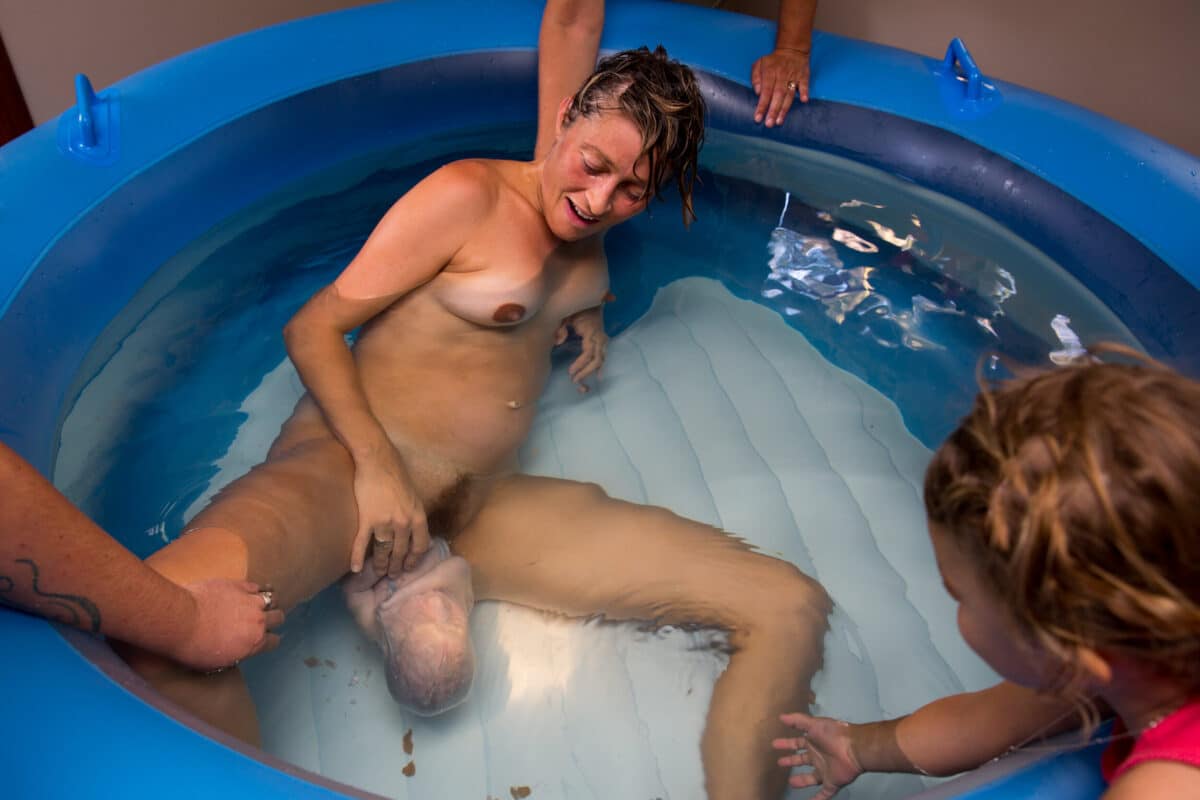
Image by Jane McCrae

Image by Jane McCrae

Image by Jane McCrae

Image by Jane McCrae

Image by Jane McCrae
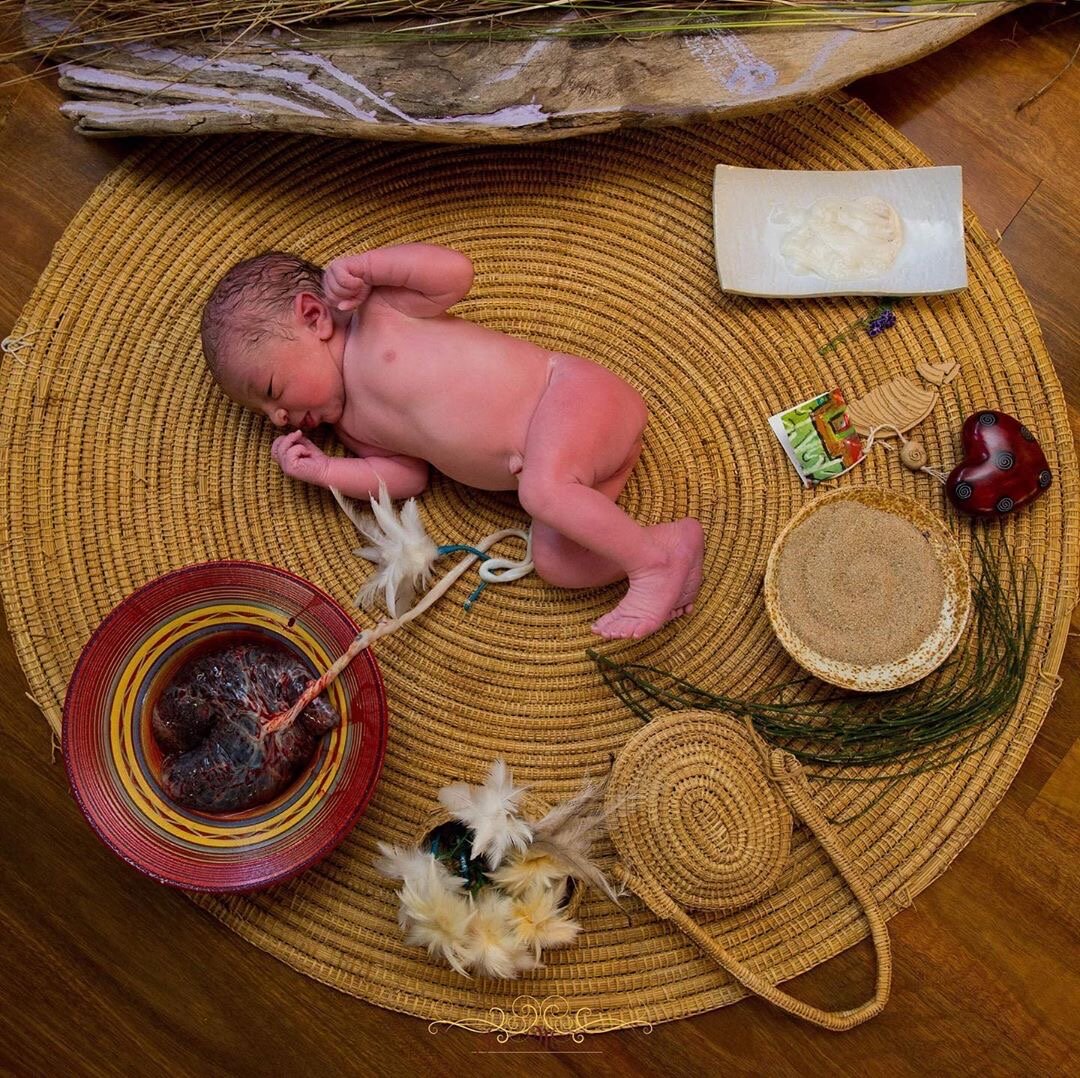
Image by Jane McCrae
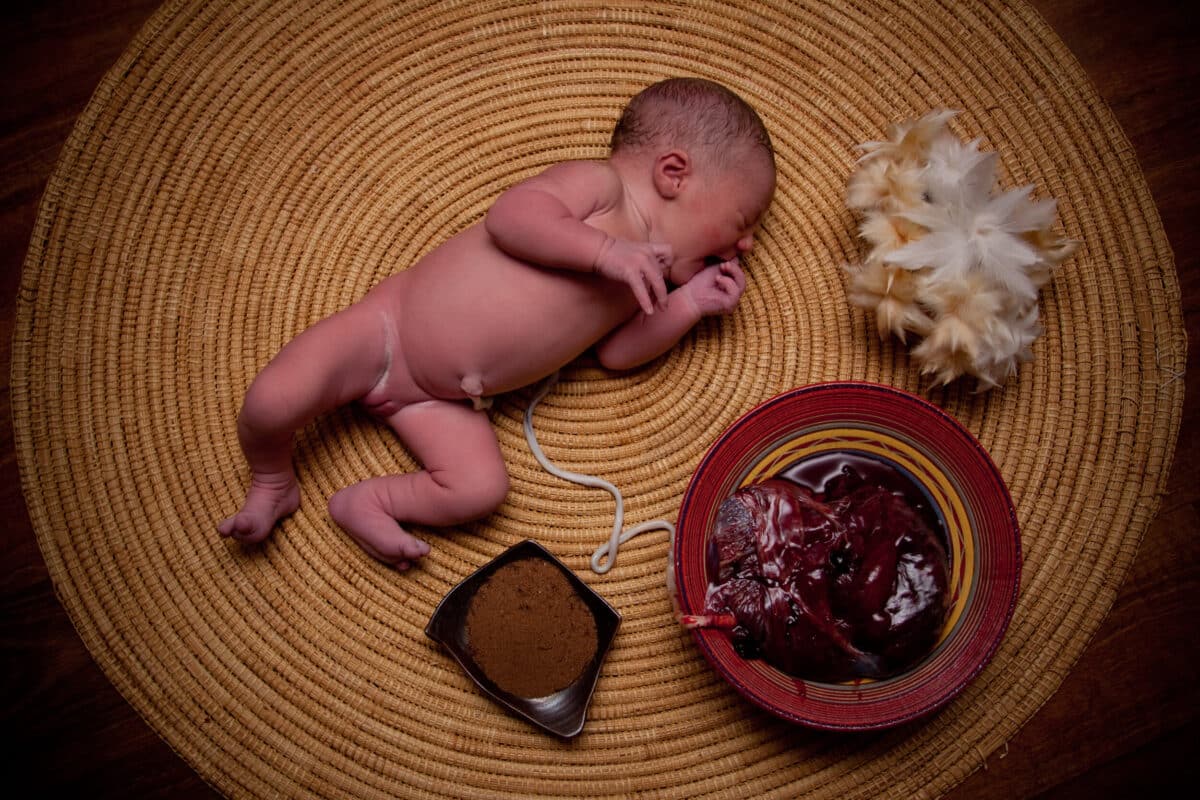
Image by Jane McCrae

Image by Jane McCrae

Image by Jane McCrae

Image by Jane McCrae

Image by Jane McCrae
Topics Discussed
Birth on country, Home birth, Indigenous Australian, Indigenous culture, Placenta, Posterior, Prenatal yoga, Waterbirth
Connect
You can connect with Natalia and find out more about her adventures at Wild Earth Expeditions
Episode Sponsor
Today’s episode is brought to you by The Birth Class, my online childbirth education course.
To find out how you can become educated and empowered for your birth click HERE.
Categories
Related Products
-
Birth Combs: Harness Your Body’s Natural Pain Relief
$24.95Crafted from smooth, natural wood, our birth combs activate specific pressure points in your hands that trigger your body’s innate pain-relieving responses.
Join the conversation
Sign up to get the latest updates, freebies, podcast releases straight into your inbox
@AustralianBirthStories
Follow along with us
@AustralianBirthStories
Follow along with us
@AustralianBirthStories
Follow along with us
@AustralianBirthStories
Follow along with us
@AustralianBirthStories
Follow along with us
@AustralianBirthStories
Follow along with us
@AustralianBirthStories
Follow along with us
@AustralianBirthStories
Follow along with us
@AustralianBirthStories
Follow along with us
@AustralianBirthStories
Follow along with us
@AustralianBirthStories
Follow along with us
@AustralianBirthStories
Follow along with us

